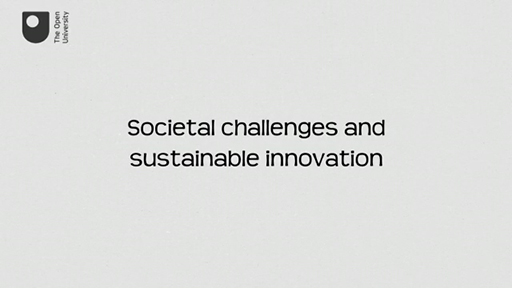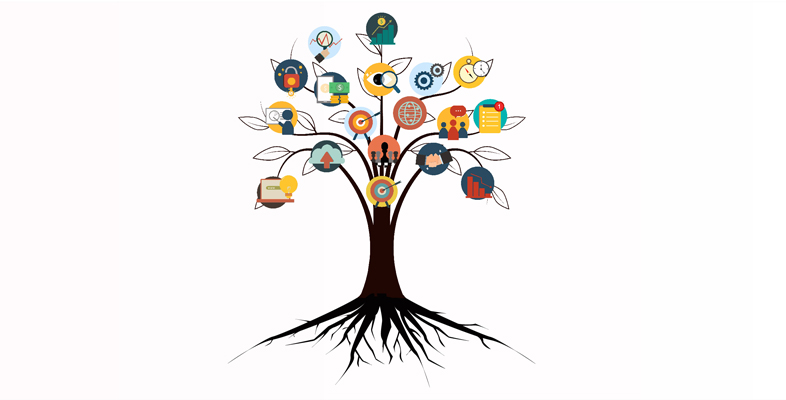Incorporating sustainability into an organisation
The world has evolved through what can be described as cycles of change and waves of innovation, partly driven by
Incorporating sustainability into an organisation’s goals and operational strategies can generate economic, social and environmental benefits both for the organisation and society as a whole. The societal problems described so far in this course ‘provide opportunity for action and highlight the need for sustainable innovation systems, incentive policies and support for sustainability, as well as the development of technologies that enable organisations to combine economic, environmental and social objectives’ (Silva and Di Serioa, 2016, p. 129).
To illustrate, consider two types of sustainability.
-
Financial sustainability : the capacity of an organisation to secure the necessary financial resources to continue operating over an extended period, as seen in cash-flow management. Environmental sustainability : a term that has a range of definitions, but is concerned primarily with the impact of organisations on the natural world. These impacts can range from local air and water pollution problems to much broader ones, such as the depletion of scarce natural resources, biodiversity loss and global warming arising from greenhouse gas emissions.
Later in this course you will also consider organisational sustainability and social sustainability.
Activity 5 Sustainable innovation through compliance
Watch the video below exploring how enterprises can connect societal challenges to sustainable innovation. Then answer the questions that follow.

Transcript
1. Can you think of another example of compliance as opportunity? For instance, a new technology, a product, or a less tangible sustainable innovation such as a process or service. Describe your example in the box below.
Discussion
Compliance can be seen as opportunity by examining the component parts. In the video some component parts were internal to the enterprise (internal processes and policies) and others were external (laws and regulations). The management team of an enterprise can be upfront and create products and services that exceed the legal requirements, rather than focusing on the costs involved. Such an enterprise is well placed to achieve sustainability. For example, an enterprise that sets a target of 4 per cent carbon emissions in its production process even though the regulatory limit is 6 per cent. Compliance helps companies to be more aware of how the enterprise can be innovative in its production and marketing processes, taking into account societal challenges (e.g. environmental damage) that need to be addressed to achieve sustainability.
2. How has the value chain been used in the three specialist area examples given to obtain sustainable innovation? You could select a new technology, a product, or a less tangible invention such as a process or service. Describe your example in the box below.
Discussion
A sustainable supply chain is beneficial to an enterprise where it helps the enterprise to be successful (e.g. in generating profits or other rewards) while contributing to protect the environment. This can be achieved by focusing on the value added and/or waste reduction across the supply chain rather than simply viewing the supply chain as a linear process from raw materials to point of sales. In the video this is described as value chain. For example, a value chain can be used to create a sustainable innovation by rethinking how a product is produced and delivered to end users – how the enterprise maximises material and energy efficiency, creates value from waste or substitutes with renewables and natural processes. Examples can include energy-efficient vehicles and alternative power sources.
3. Can you think of another example of sustainable products and services? For instance, you could select a new technology, a product, or a less tangible invention such as a process or service. Describe your example in the box below.
Discussion
The example of an energy-efficient vehicle can be an illustration of a sustainable product depending on whether the organisation that produces it addresses the compliance, and supply and value chain issues discussed in the answers to the first two questions above.
